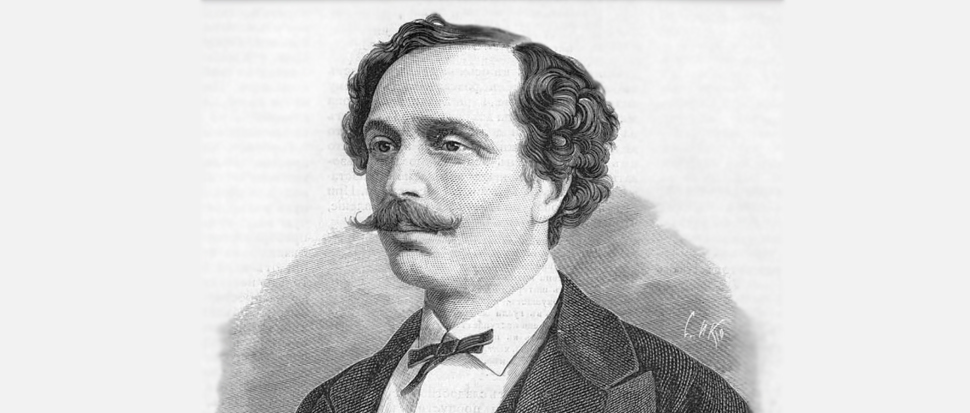Bigonzetti is very good at creating for different types of dancers, respecting their idiosyncrasies and emphasizing them.
I believe that he's one of the most fantastically gifted ballet masters today, and it's a great experience to work with the most famous Italian choreographer.
To work with him — is incredible. He's always overwhelmed with ideas.
Dance Open 2019: Alice performed by Balett Dortmund
Mauro Bigonzetti in his own words
I do not love to think within limits.
I like the body, and I want to feel the body without a costume. And it’s body that gives me energy, inspiration. I think that body color – it’s the best color that may exist. And I want to see the sweaty, shining and sparkling body.
The limits of human body? I don’t think that this problem exists. We are talking about art, and it doesn’t have limits. It’s like a painter who always paints or architect who always builds. It’s like human life: it is always continuing.
Handwork — it’s a sign of my own style. Hands could express a lot of emotions and we, Italians, often use them in our communication.
Mauro Bigonzetti
Graduate of the School of Teatro dell’Opera di Roma, a brilliant dancer Mauro Bigonzetti started to create his first ballets in 1990. His creative talent, productivity and active cooperation with the world’s leading theatres helped him to become quickly the most famous Italian of the ballet world. His incredible ballets such as Cinderella, Alice, Romeo&Juliet, Cinque, Caravaggio, Mediterranea always experiment with the limits of the human body and soul, no matter when they were created. You can easily recognize the unique style of Bigonzetti’s chorographical texts — his dances are always structured in a simple, intuitive way. The choreographer gives special attention to dynamism, energy and emotional saturation, while instruments and technique take second place. It’s almost impossible to understand his ballets logically and distill the secret of his plastic language — whether it is crazy virtuosic dance or ingenious slow duet combinations. But the distinguishing feature of Bigonzetti’s ballets is always magnetic attraction, diabolic temperament and deep erotic feeling coming up from the power of the collective unconscious. And it really hypnotizes. You are dissolving into his ballet occultism, and you don’t notice how you become the part of wave covering the scene and the stage.
- Hits: 15661


